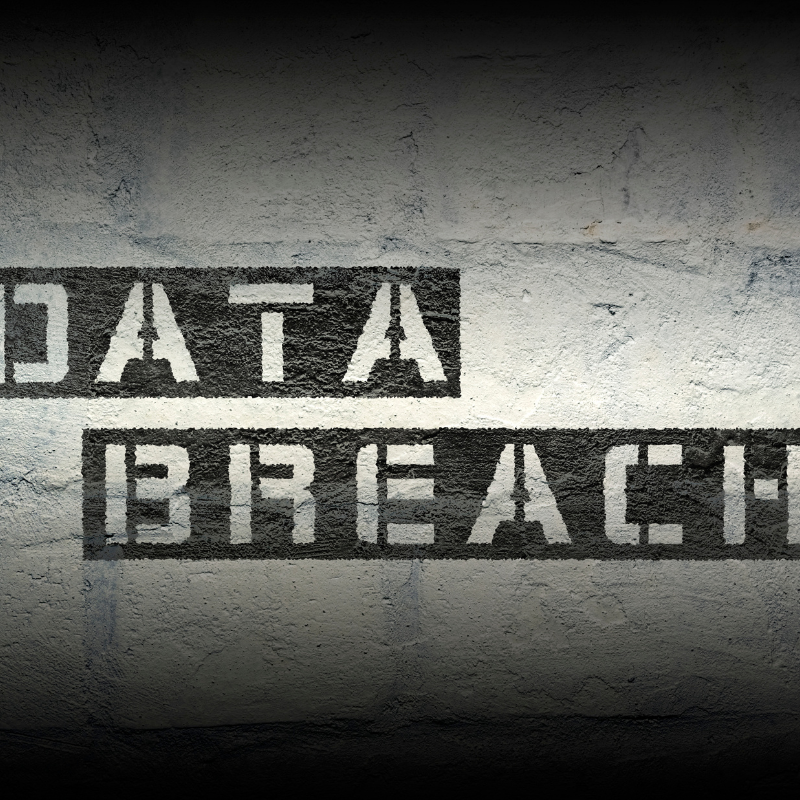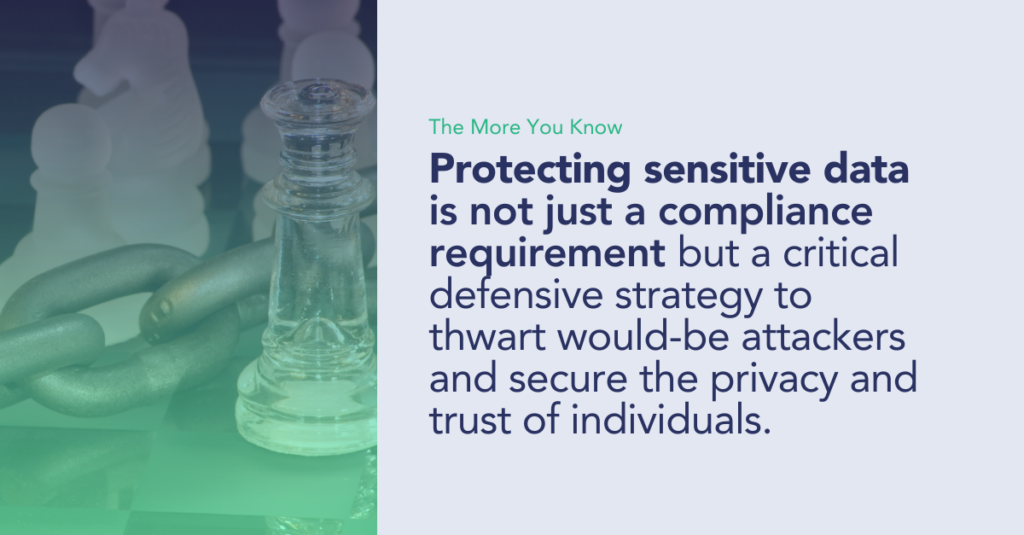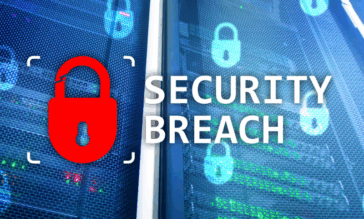The Cyber Fallout: Navigating the Aftermath of a Credit Union Breach

Nestled in the digital crosshairs, financial institutions (including credit unions) stand on the front lines of the cybercrime battlefield. These organizations play a critical role in the everyday operations of businesses and customers, and the massive amounts of personal and financial data they process make them prime targets for cyber-attacks. As the second most targeted sector, they endure a heavy onslaught, just like the healthcare sector, which is only slightly more targeted.
Increasingly sophisticated threats place these organizations in a dangerous position, threatening to disrupt their intricate operations and pose a real risk to the fabric of global financial stability. Recently, one of the largest credit unions in the nation, with over 450k members, became just such a target, devastating the livelihood of its members.
Understanding the Patelco Credit Union Breach
In late June 2024, Patelco Credit Union was thrust into chaos due to a severe ransomware attack. Hackers successfully encrypted critical data within Patelco’s systems, demanding a ransom to unlock it. This breach first came to light when disruptions in everyday banking services signaled a deeper crisis, ultimately causing a total system shutdown. Investigations revealed that the hackers had exploited existing vulnerabilities in the credit union’s cybersecurity defenses, which raised serious concerns about the strength and effectiveness of their protective measures.
The breach’s impact extended to the exposure of highly sensitive personal and financial information. Approximately 500,000 members were potentially affected, with data at risk, including names, Social Security numbers, and intricate financial details.
The Customer Impact of a Financial Breach
The ransomware attack on Patelco Credit Union severely impacted customer services, leaving members unable to access critical banking functions such as online banking, direct deposits, and electronic payments for an extended period. This led to considerable financial disruptions, and many customers faced financial hardships, including bounced payments and accumulating overdraft fees.
The outage forced customers to rely on physical branch visits, resulting in unusually long queues at ATMs and considerable inconvenience. Patelco’s lack of timely and transparent communication further exacerbated the situation, leaving many members anxious about their financial security and the safety of their private information.
Data Breaches Cause Legal Problems
The ransomware attack on Patelco Credit Union compromised member data and entangled the institution in complex legal ramifications. First, the possibility of lawsuits looms as affected members might seek redress for mishandling their sensitive personal information. These legal actions could claim negligence and demand compensation for the emotional and financial strain caused by the breach.
Furthermore, the incident will likely draw the attention of regulatory bodies keen on determining whether Patelco violated data protection laws. Non-compliance could result in hefty fines and mandates for overhauling their security protocols.
Patelco’s liability extends beyond legal fees and potential fines. The credit union could be held financially responsible for losses incurred by members, including those related to fraud and identity theft stemming from the breach. Determining the extent of these damages and Patelco’s responsibility could be lengthy and costly.
The breach and its aftermath could also inflict long-lasting reputational damage. Once eroded, trust and loyalty are challenging to restore, especially in the financial sector, where security is paramount. This reputational hit could affect Patelco’s ability to retain and attract new members, ultimately impacting its market position and financial stability.
Defending Sensitive Data
The catastrophic data breach at Patelco Credit Union is a warning for other financial institutions that there is a need for a more nuanced approach to data protection. While conventional security measures focus on preventing unauthorized access, the sophisticated nature of modern cyber threats demands a more targeted strategy centered around safeguarding personally identifiable information (PII). This is the data that attackers most often seek, making it the principal target in many cybersecurity offenses. Protecting sensitive data is not just a compliance requirement but a critical defensive strategy to thwart would-be attackers and secure the privacy and trust of individuals.

Preventing the Malware Threat
As a defense against malware, antivirus (AV) software is part of the security foundation by scanning for and removing known malware based on signatures. While effective against recognized threats, AV can struggle with zero-day attacks and sophisticated malware that evade traditional detection. Conversely, Content Disarm and Reconstruction (CDR) technology enhances this protection by actively disarming and reconstructing files to strip out potentially malicious content, such as scripts and embedded objects, ensuring safety without relying on detection.
When combined, AV and CDR provide a comprehensive security approach. AV continues to guard against known threats using updated databases, while CDR addresses AV’s limitations by neutralizing unknown or new malware types that do not have signatures yet. This synergy ensures enhanced security for digital environments, safeguarding against a broader spectrum of cyber threats and minimizing the risk of malware infiltration by creating a robust defense mechanism that secures data from known and emerging threats.
How Organizations Can Focus on Data Security
Deploying advanced Data Detection and Response (DDR) technologies is another way to significantly mitigate risks of data loss from a security incident. DDR focuses on securing data by continuously scanning for and neutralizing threats before they cause harm. By employing real-time threat detection and automated response mechanisms, DDR prevents unauthorized data access and mitigates potential damages from cyber incidents.
In breaches like Patelco Credit Union, where sensitive information was compromised, DDR could have preemptively identified and addressed vulnerabilities, safeguarding critical data assets from exposure or theft. This proactive approach is crucial for maintaining the integrity and confidentiality of organizational data.
Votiro Defends Sensitive Data Like PII and PCI
Credit unions must adopt a proactive security strategy to avoid becoming casualties in the escalating war against cyber threats. Using Votiro’s Zero Trust DDR platform, these institutions can actively intercept file-based threats and mask sensitive data, securing their operations against cyber incidents. This approach enhances real-time privacy and compliance and leverages sophisticated data analytics, offering a comprehensive defense mechanism that protects credit unions and their members from a wide array of digital dangers.
As a combined solution of time-tested and trusted CDR and advanced DDR, the Votiro platform prevents data breaches by sanitizing sensitive data across various communication channels such as file sharing, emails, and collaboration tools. By detecting sensitive information in both structured and unstructured data in real time, this information is anonymized according to organizational rules. This proactive approach prevents data leaks and ensures that security teams maintain robust control over their digital defenses.
To learn more about Votiro’s Data Detection and Response capabilities, sign up for a one-on-one demo of the platform, or try it free for 30 days and see for yourself how Votiro can proactively defend your PII, PCI, and other sensitive data in 2024 and beyond.
News you can use
Stay up-to-date on the latest industry news and get all the insights you need to navigate the cybersecurity world like a pro. It's as easy as using that form to the right. No catch. Just click, fill, subscribe, and sit back as the information comes to you.
Sign-up Here!
Subscribe to our newsletter for real-time insights about the cybersecurity industry.



